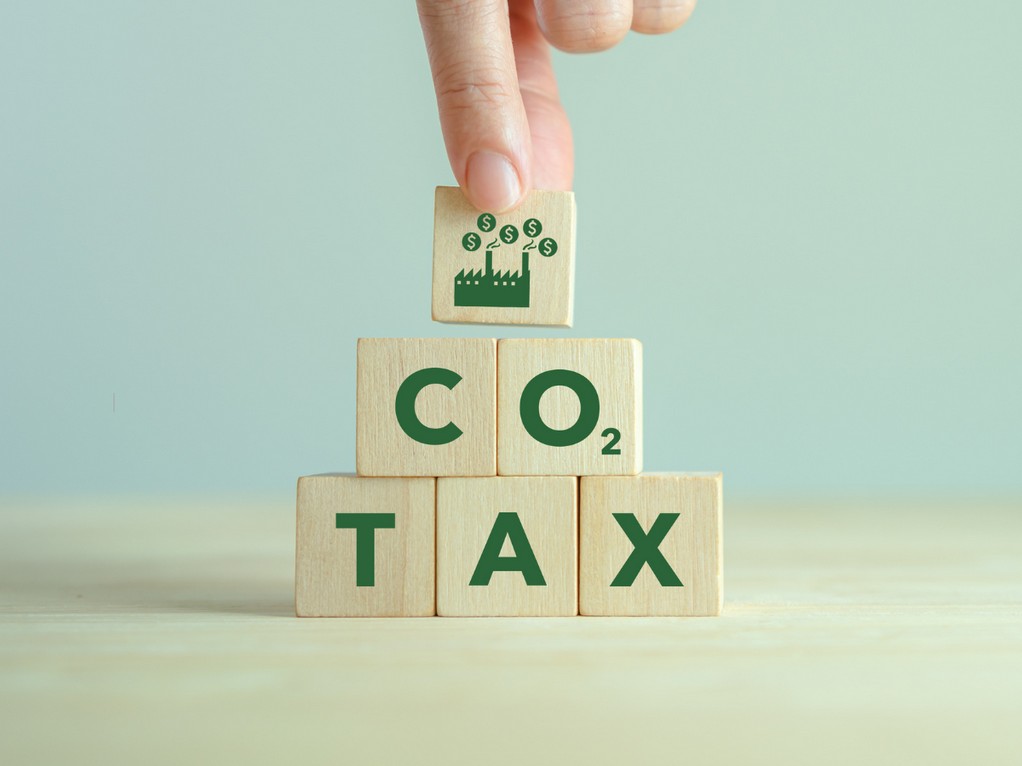The steel ministry plans to write to all major steel companies with export interests to assess their preparedness for reducing their carbon footprint and for facing the green challenges emerging in global markets.
The development comes at a time when India is exploring tariff and non-tariff measures to counter EU’s Carbon Border Adjustment Mechanism (CBAM) that proposes to tax ‘embedded carbon’ in imports of steel, aluminium, cement, hydrogen, electricity and fertilizers from 1 January 2026.
Starting October, companies will have to submit carbon emission details of their exports to EU.
The steel ministry, which is in dialogue with the commerce ministry over the mechanism to calculate and price embedded carbon in the steel sector, is preparing a blueprint for green steel production, involving changes in technology and processes by steel companies.
The ministry will invite suggestions from the industry on steps required to deal with the new challenges emerging in steel trade and present a blueprint on the changes required to reduce emission levels in steel production to bring emission intensity of carbon dioxide in Indian steel at par with European standards.
The ministry’s concern is also coming from the manufactures of various special steel grades under the recently announced production-linked incentive scheme that are likely to find large overseas markets. These new facilities would need to be emission-compliant to get theproducts accepted in various global markets.“There is a need to assess the preparedness of the steel sector even though India is also working on a strategy to counter measures like CBAM through tariff and non-tariff measures. This is necessary as such measures may not be restricted to the EU but several other countries as well where Indian steel has found market,” said a ministry directive.
The ministry’s concern comes from data on steel production suggesting the emission intensity of carbon in Indian steel is much higher than global standards. As per a report by ratings agency ICRA, Indian steel producers have an average emission intensity of around 2.6 tonnes of emission per tonne of crude steel, which is 12% higher than the global average of 2.32 tonnes of CO2 per tonne of crude steel from the blast furnace route.
The implementation of CBAM is expected to affect between 15% and 40% of India’s annual steel exports to Europe. Failure to address the carbon footprint could lead to lower profits in EU markets and even result in a loss of market share in Europe for Indian mills, the ICRA report has said.
From 2026, for the chosen sectors of cement, fertilizer, iron and steel, electricity and aluminium, imports will face an additional tariff of between 20-35% under CBAM. This will negatively impact Indian industry which has significant export interests in the EU — the destination for nearly 17% of Indian exports in 2012-2021.
Around 6% of these exports will fall under the purview of the CBAM. Of these CBAM-covered Indian exports, iron and steel, followed by aluminium is the most affected.
In 2022, around 27% of Indian exports of iron, steel and aluminium products, worth $8.2 billion, went to the EU. Individually, this included 31.4% of iron and steel exports, 20% of steel products, 19.9% of iron ore and pellets, and 27.7% of aluminium.
Tags: CAMB, Carbon tax, eu, India, Steel industry



Recent Posts
TSUNEISHI Launches World’s First Methanol Dual-Fuel KAMSARMAX Bulk Carrier in the Philippines
Grimaldi Group Launches Ammonia-Ready Car Carrier Grande Shanghai in China
Incat Tasmania to Build Two Battery-Electric Ferries for Denmark’s Molslinjen
YamnaCo Signs MoU with Andhra Pradesh to Develop Large-Scale Green Hydrogen and Ammonia Project
WNTI and NEMO Sign MoU to Advance Nuclear-Powered Shipping and Mobile Nuclear Energy Solutions
TotalEnergies and CMA CGM Form Joint Venture for LNG Bunkering Operations in Rotterdam
Keel laid for Bibby Marine’s first zero-emission eCSOV
New Report Highlights Potential of Voluntary Insetting to Support Maritime Decarbonisation, Calls for Robust Safeguards